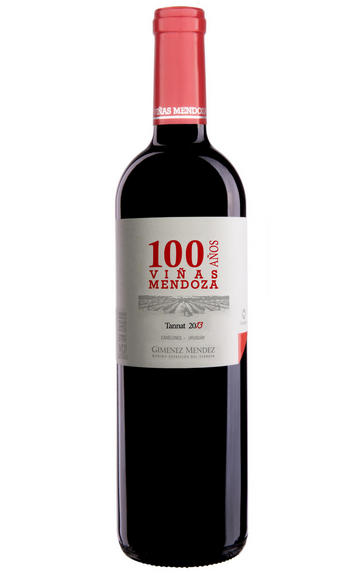
Critics reviews
Harry Eyres, Country Life. 30th August 2017.
About this WINE
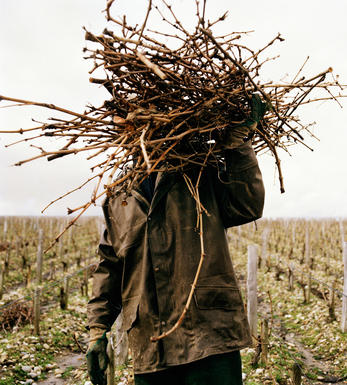
Bodega Gimenez Mendez
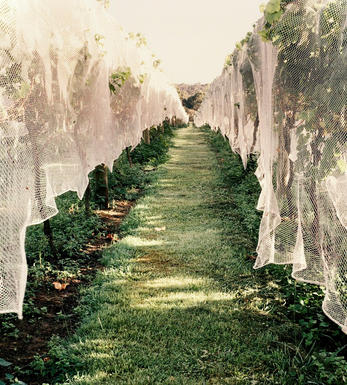
Uruguay
Uruguay has a rich winemaking tradition dating back to the 19th century, and the country is known for producing high-quality wines despite its relatively small size in the global wine industry. The wine regions in Uruguay benefit from a favourable climate and soil conditions, making it conducive to cultivating various grape varieties.
The most widely planted grape variety is Tannat, often considered the country's flagship grape. It is a red variety known for its deep colour, high tannins, and bold flavours. Other red grape varieties commonly grown include Merlot, Cabernet Sauvignon, Syrah, and Pinot Noir. On the white wine side, Albariño, Chardonnay, Sauvignon Blanc, and Viognier are among the most popular types.
The country has several wine regions, the most prominent being Canelones and Maldonado, located near the capital, Montevideo. Canelones is the largest wine region and home to some of the country's oldest wineries. Other notable regions include Colonia and Rivera.
Uruguay's climate is characterised by warm summers and moderate winters, ideal for grape cultivation. The proximity to the Atlantic Ocean also influences the environment and provides a cooling effect, helping the grapes retain acidity and develop complex flavours. The terroir, combined with clay and limestone soils, contributes to the unique character of Uruguayan wines.
Sustainability practices are becoming increasingly crucial in Uruguayan winemaking. Many wineries adopt sustainable viticulture and winemaking techniques, emphasising organic and biodynamic practices.
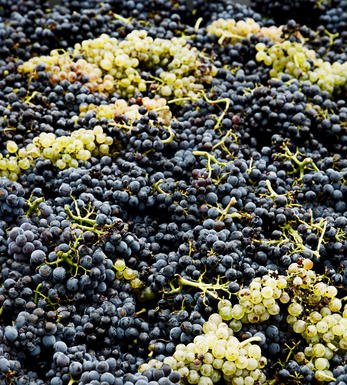
Tannat
Tannat is best known as the dominant grape variety in Madiran, Southwest France's most famous red wine. The grape probably originated in the Basque country and almost certainly derives its French name from its high tannin levels. It is a thick-skinned grape variety that produces deeply coloured, well-structured wines that can be tough and austere in youth. However with ageing the massive tannins round out while the wine develops nuances of spices, coffee, cocoa, and vanilla.
In Madiran it is blended (typically 60-70%) with Cabernet Sauvignon, Cabernet Franc, and Fer. The only other country where Tannat is seriously grown is Uruguay, where it was planted by Basque settlers in the 19th century. It is known as Harriague in Uruguay and recently plantings have spread over the border into Argentina.


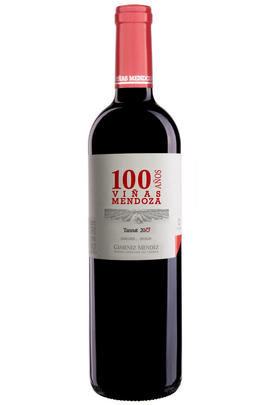
Buying options
Add to wishlist
Description
There are few places that don’t produce wine today. Uruguay is just one, where sites with potential are being discovered, and a signature style is being set. Tannat is the grape that they hang their hat on. This example comes from Giménez Méndez, a family-run producer. Its name, literally meaning “100 years”, refers to the estate’s foundation in 1874, as this wine was first introduced 100 years later in 1974.
In its homeland in south-west France, Tannat has a reputation for density and toughness. The power of the wine is still evident in this Uruguayan version (a speciality of the country) but this is broad and with some succulence. One for fans of Argentinian Malbec.
wine at a glance
Delivery and quality guarantee